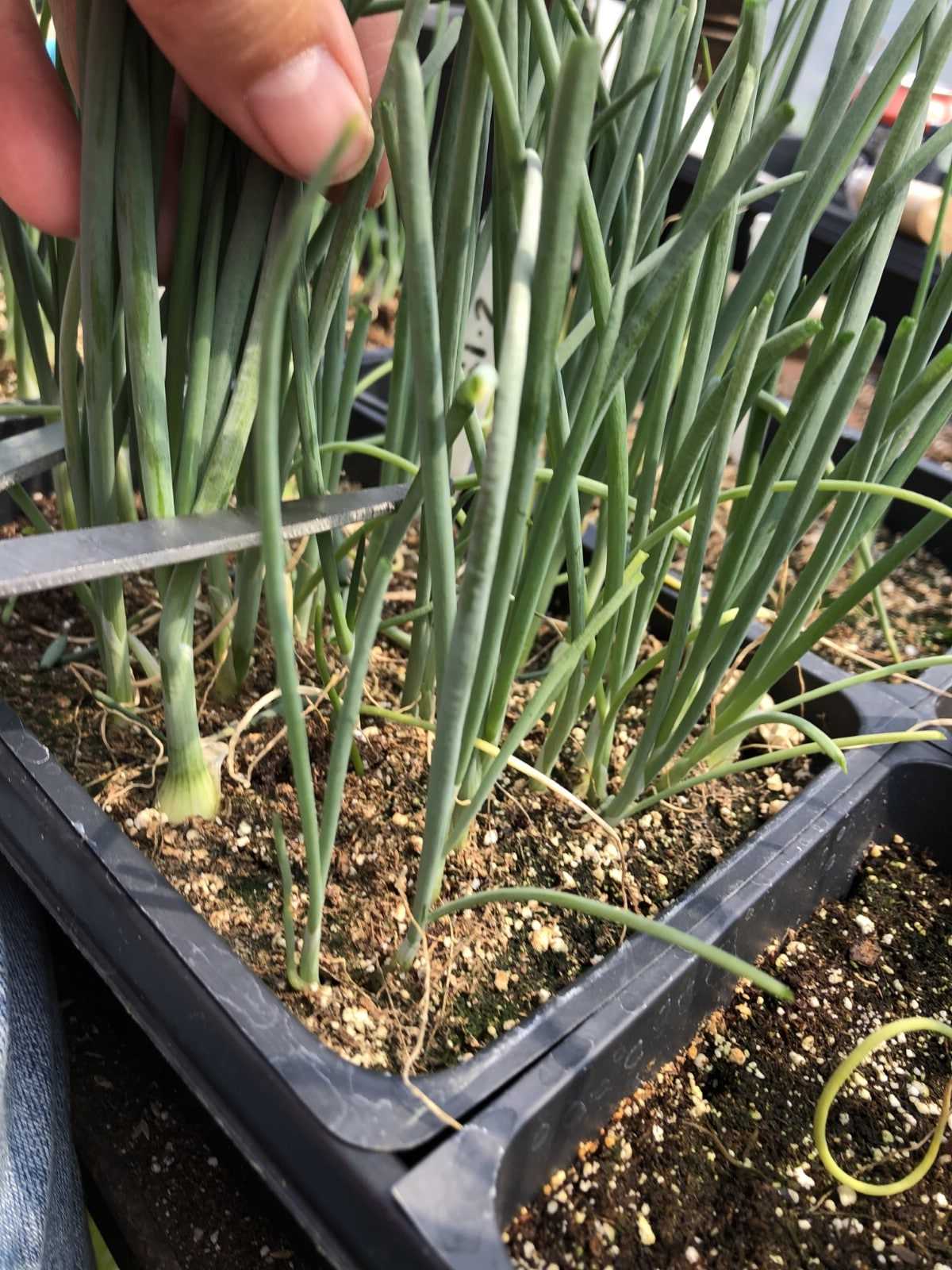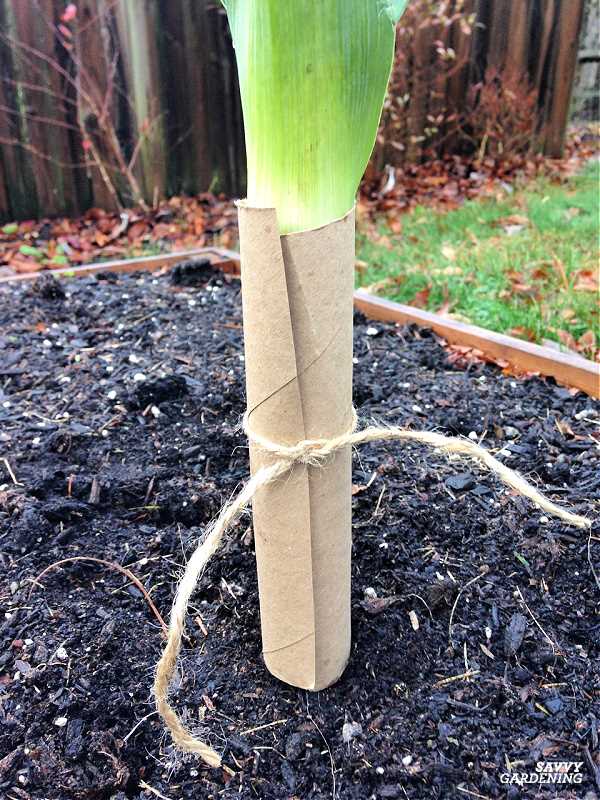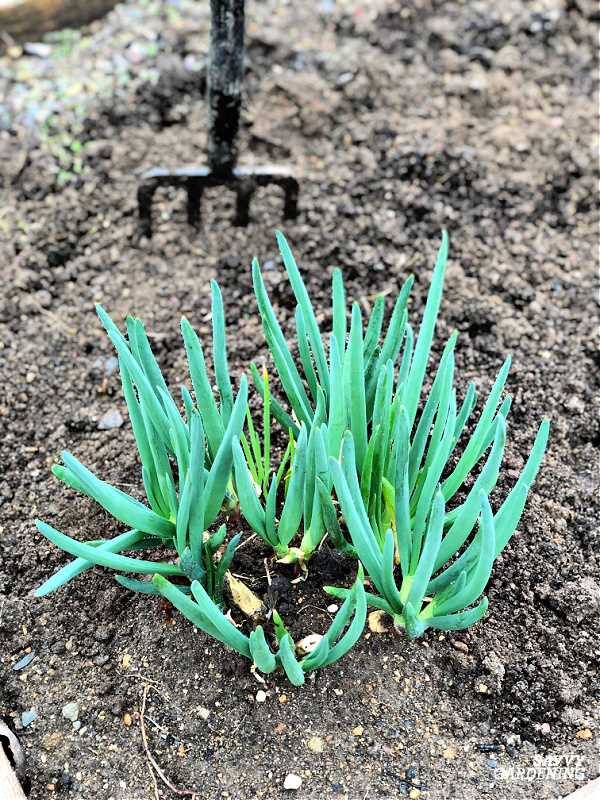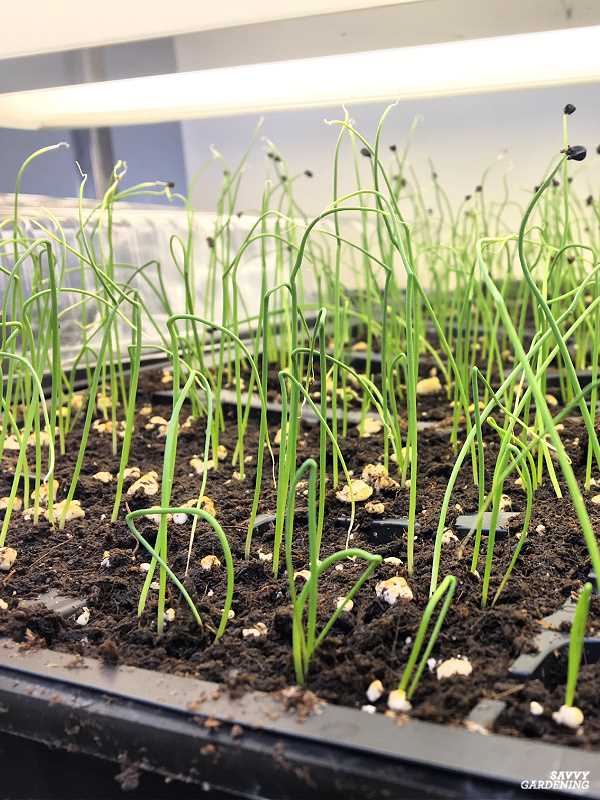- What Are Perennial Batons?
- Characteristics of Perennial Batons
- Uses of Perennial Batons
- Benefits of Growing Perennial Batons
- Choosing the Right Onion Varieties
- 1. Evergreen Bunching Onions
- 2. Egyptian Walking Onions
- 3. Welsh Onions
- 4. Potato Onions
- 5. Tree Onion
- Growing Conditions for Perennial Batons
- Planting and Care Tips for Perennial Batons
- Harvesting and Storing Perennial Batons
- 1. Timing
- 2. Harvesting
- 3. Cleaning
- 4. Storing
- 5. Using
- Delicious Recipes Using Perennial Batons
- 1. Perennial Baton Salad
- 2. Perennial Baton Stir-Fry
- 3. Perennial Baton Omelette
- “Question-Answer”
- What are perennial batons?
- Are perennial batons easy to grow?
- Can I grow perennial batons in a container?
- What are some popular onion varieties without bulbs?
- How can I propagate perennial batons?
- Do perennial batons need full sun?
- Can I eat the flowers of perennial batons?
- “Video” Large Onions WITHOUT Synthetic Fertilizer: How I Grew Using Organic Methods (+3 side by side tests)
If you’re a fan of year-round fresh greens and want to add some variety to your garden, consider growing perennial batons. These onion varieties are unique because they don’t form bulbs, allowing for a continuous harvest of flavorful greens throughout the year. In this article, we’ll explore the different types of onion varieties without bulbs and provide tips on how to grow them successfully.
Perennial batons are a type of onion that can be harvested multiple times without forming a bulb. They are often referred to as multiplier onions, perpetual onions, or everlasting onions. These onions produce tall, slender green shoots that can be harvested for their mild, onion flavor. As long as they are properly cared for, perennial batons can provide a consistent source of fresh greens.
There are several different varieties of onion without bulbs that you can choose to grow, each with its own unique characteristics:
Welsh onions: Also known as Allium fistulosum, Welsh onions are a popular choice for perennial batons. They have long, green leaves and a milder flavor compared to regular onions. Welsh onions can be grown from seeds or by dividing clumps.
Egyptian onions: Allium proliferum, or Egyptian onions, produce small bulbs in clusters at the top of the stem. These bulbs can be harvested and replanted to continue the onion’s growth cycle. The green shoots of Egyptian onions are edible and have a slightly stronger flavor than Welsh onions.
Tree onions: Allium cepa var. proliferum, commonly known as tree onions or top-setting onions, produce clusters of bulbils at the top of the stem instead of a single bulb underground. These bulbils can be harvested and replanted to grow new onion plants. Tree onions are known for their strong flavor and are often used in cooking.
Now that you’re familiar with the different onion varieties without bulbs, let’s dive into the process of growing them. With the right care and attention, you’ll be enjoying a steady supply of fresh greens throughout the year.
What Are Perennial Batons?
Perennial batons are a group of onion varieties that do not form bulbs like traditional onions. Instead, they produce long, slender green shoots that can be harvested throughout the year. These batons are also known as perennial scallions, perennial green onions, or walking onions.
Unlike bulb onions, which are typically grown as annuals, perennial batons have a unique growth habit that allows them to survive and produce new shoots year after year. They are incredibly hardy and can tolerate freezing temperatures, making them an excellent choice for cold climates.
Characteristics of Perennial Batons
- Green Shoots: Perennial batons produce long, green shoots that resemble scallions or green onions. These shoots can be harvested and used in cooking, offering a mild, onion-like flavor.
- Division: Perennial batons reproduce by forming small bulbs or bulblets at the top of their long shoots. These bulblets can be separated and planted to grow new plants, hence the name “walking onions”.
- Hardiness: Perennial batons are exceptionally hardy plants that can survive freezing temperatures. They are often one of the first green vegetables to emerge in early spring.
- Perennial Growth: Unlike traditional onions that are typically grown as annuals, perennial batons can continue to produce new shoots year after year. With proper care, they can provide a constant supply of fresh greens.
Uses of Perennial Batons
Perennial batons can be used in a variety of culinary dishes. The green shoots can be chopped and added to salads, stir-fries, soups, or omelets, providing a fresh, mild onion flavor. They can also be used as a garnish or topping for various dishes.
In addition to their culinary uses, perennial batons can also be grown as ornamental plants. The unique growth habit of the batons, with their top-heavy bulblets and cascading green shoots, can add an interesting visual element to gardens and landscapes.
Overall, perennial batons are a versatile and low-maintenance plant that can provide year-round greens for cooking or add visual interest to your garden. With their hardiness and ability to perennially grow, they are an excellent addition to any vegetable garden.
Benefits of Growing Perennial Batons

- Year-Round Harvest: One of the main benefits of growing perennial batons is the ability to harvest fresh greens throughout the year. Unlike traditional onion varieties that produce bulbs and are harvested once, perennial batons continue to produce edible greens over an extended period.
- Low Maintenance: Perennial batons are known for their low maintenance requirements. Once established, they require minimal care and attention, making them an ideal choice for busy gardeners or those with limited gardening experience.
- Cost Savings: Growing perennial batons can be a cost-effective option for those who regularly consume greens. Instead of purchasing greens from the store, you can have a constant supply of fresh and nutrient-rich greens right from your garden.
- Space Efficiency: Perennial batons are compact plants that can be grown in small spaces such as containers or raised beds. They are an excellent choice for urban gardeners or those with limited gardening space.
- Environmental Benefits: By growing perennial batons, you can reduce your carbon footprint and contribute to a more sustainable environment. These plants require fewer resources, such as water and fertilizers, compared to other garden crops.
- Health Benefits: Perennial batons are packed with essential nutrients and vitamins, making them a healthy addition to your diet. They are particularly rich in antioxidants, which can boost your immune system and contribute to overall wellness.
- Versatility in Culinary Uses: Perennial batons can be used in various culinary dishes, adding a unique flavor and texture to your meals. You can use them in salads, stir-fries, soups, and many other recipes.
Choosing the Right Onion Varieties

When growing perennial batons for year-round greens, selecting the right onion varieties is essential. Different onion varieties have different characteristics, flavors, and growth habits, so it’s important to choose the ones that best suit your needs.
1. Evergreen Bunching Onions
Evergreen bunching onions are the most popular choice for perennial batons. They are known for their long, slender stalks and mild flavor. These onions do not produce bulbs but instead form clumps of green leaves that can be continuously harvested.
2. Egyptian Walking Onions
Egyptian walking onions, also known as tree onions or top-setting onions, produce clusters of small bulbs at the top of tall stalks. These bulbs can be replanted to grow new onions, while the stalks can be used for culinary purposes. This variety is great for those who want to have a constant supply of fresh onion greens.
3. Welsh Onions
Welsh onions, also called perennial onions or Japanese bunching onions, are known for their mild, onion-like flavor. They form clumps of long, hollow green stalks that can be harvested throughout the year. Welsh onions are hardy and easy to grow, making them a popular choice for perennial gardening.
4. Potato Onions
Potato onions, also known as multiplier onions, are a unique variety that produces clusters of large bulbs. These bulbs can be used for cooking, and if left in the ground, they will multiply and produce more bulbs for future harvest. Potato onions have a slightly milder flavor compared to regular onions.
5. Tree Onion
The tree onion, also known as Allium x proliferum, is a hybrid of the Welsh onion and the shallot. It forms clusters of small bulbs at the top of tall stalks, similar to the Egyptian walking onion. The tree onion has a strong flavor and is often used in culinary dishes.
When choosing onion varieties for perennial batons, consider the flavor, growth habit, and your specific needs in the kitchen. By selecting the right varieties, you can enjoy a year-round supply of fresh, green onion leaves for your culinary creations.
Growing Conditions for Perennial Batons
Perennial batons, also known as perennial onions, are a versatile and easy-to-grow vegetable that can provide year-round greens without the need for bulbs. To ensure successful growth and robust plants, it is important to consider the following growing conditions:
- Sunlight: Perennial batons thrive in full sun, so it is best to choose a location that receives at least 6-8 hours of direct sunlight each day.
- Soil: These onions prefer well-draining soil that is rich in organic matter. Prepare the soil by adding compost or well-rotted manure to improve its fertility and drainage.
pH Level: The optimal pH range for perennial batons is between 6.0 and 7.0. Test the soil’s pH level and adjust it if necessary by adding lime to increase acidity or sulfur to decrease acidity. - Watering: Perennial batons require regular watering to keep the soil consistently moist. Ensure that the soil does not become waterlogged, as this can lead to root rot. Consider using drip irrigation or a soaker hose to provide a steady supply of water.
- Spacing: Plant perennial batons about 6 inches apart to allow room for their growth and to prevent competition for nutrients and space.
- Fertilizer: While perennial batons do not require heavy fertilization, a balanced slow-release fertilizer can be applied during planting and then again in early spring to provide essential nutrients for growth.
- Weed Control: Keep the planting area free of weeds, as they can compete with perennial batons for nutrients and water. Mulching around the plants can help suppress weed growth while also conserving soil moisture.
By ensuring that these growing conditions are met, you can create an ideal environment for your perennial batons to thrive and provide you with a bountiful harvest of year-round greens.
Planting and Care Tips for Perennial Batons

- Choose the Right Location: Perennial batons thrive in well-drained soil that receives full sunlight. Select a location in your garden that meets these requirements for optimal growth.
- Prepare the Soil: Before planting, loosen the soil and add organic matter such as compost to enhance its fertility. This will provide the batons with the necessary nutrients for healthy growth.
- Planting Time: Perennial batons can be planted in early spring or fall. Ensure that the soil is not too wet and the plants have enough time to establish before winter.
- Spacing: Space the baton plants about 12 inches apart to allow for proper airflow and growth. This will help prevent diseases and ensure that each plant gets enough nutrients.
- Watering: Keep the soil consistently moist but not waterlogged. Perennial batons are tolerant of dry periods but perform best when adequately watered.
- Fertilizing: Apply a balanced slow-release fertilizer in the spring when new growth appears. Follow the instructions on the fertilizer package for proper application rates.
- Mulching: Mulch around the baton plants to help retain moisture, suppress weed growth, and regulate soil temperature. Use organic mulch, such as straw or wood chips, and apply it to a depth of 2-3 inches.
- Pruning: Cut back the batons to ground level in late fall or early spring to remove any dead foliage and encourage new growth. Regular pruning will help maintain the health and vigor of the plants.
- Pest and Disease Control: Monitor your baton plants for any signs of pests or diseases. Remove any affected leaves or plants and treat with organic pest control methods if necessary.
With proper care and attention, perennial batons can provide you with a continuous supply of fresh greens throughout the year. Follow these tips to ensure successful growth and a bountiful harvest.
Harvesting and Storing Perennial Batons
Harvesting perennial batons is a straightforward process that can be done throughout the year, providing a constant supply of fresh greens. Here are some tips for harvesting and storing your onion batons:
1. Timing
Perennial batons can be harvested anytime during the year as long as they have reached a suitable size. It is best to harvest them when the leaves are still green and active. Avoid harvesting when the leaves have turned yellow or wilted.
2. Harvesting

To harvest your perennial batons, gently pull the entire plant out of the ground, taking care not to damage the roots. If the soil is compacted, use a garden fork or shovel to loosen it before pulling the plant. Alternatively, you can simply cut the leaves off at the base if you prefer to leave the roots in the ground for future growth.
3. Cleaning
After harvesting, gently brush off any excess dirt or debris from the batons. Avoid washing them, as this can reduce their shelf life. Instead, use a soft bristle brush or a cloth to clean them if necessary.
4. Storing
Perennial batons can be stored in a cool, dry place for several weeks. Trim off any damaged or wilted leaves, but do not remove the outer layer of skin. It is best to store them in a well-ventilated container or an onion bag to prevent moisture buildup.
Alternatively, you can chop the batons into smaller pieces and freeze them for long-term storage. This allows you to have a supply of perennial greens even during the winter months.
5. Using
When you are ready to use your harvested perennial batons, simply chop them up and add them to your favorite dishes. They can be used in salads, soups, stir-fries, or any recipe that calls for onions or greens. The mild flavor and crunchy texture of perennial batons make them a versatile ingredient in the kitchen.
With proper harvesting and storage techniques, you can enjoy a continuous supply of fresh perennial batons throughout the year.
Delicious Recipes Using Perennial Batons
Perennial batons are a versatile and delicious ingredient that can be used in a variety of recipes. Here are some ideas for how to incorporate them into your meals:
1. Perennial Baton Salad
- Ingredients:
- Perennial batons, thinly sliced
- Cherry tomatoes, halved
- Cucumber, sliced
- Red onion, thinly sliced
- Feta cheese, crumbled
- Olives
- Olive oil
- Lemon juice
- Salt and pepper to taste
- Instructions:
- In a large bowl, combine the perennial batons, tomatoes, cucumber, red onion, feta cheese, and olives.
- In a separate small bowl, whisk together the olive oil, lemon juice, salt, and pepper.
- Pour the dressing over the salad and toss to combine.
- Serve chilled and enjoy!
2. Perennial Baton Stir-Fry
- Ingredients:
- Perennial batons, thinly sliced
- Assorted vegetables (e.g., bell peppers, broccoli, carrots)
- Garlic, minced
- Soy sauce
- Sesame oil
- Salt and pepper to taste
- Instructions:
- Heat some oil in a large skillet or wok over medium-high heat.
- Add the garlic and cook until fragrant.
- Add the perennial batons and vegetables and stir-fry until tender-crisp.
- In a small bowl, whisk together the soy sauce, sesame oil, salt, and pepper.
- Pour the sauce over the stir-fry and toss to combine.
- Cook for an additional minute or until heated through.
- Serve hot with rice or noodles.
3. Perennial Baton Omelette
- Ingredients:
- Perennial batons, thinly sliced
- Eggs
- Milk
- Cheddar cheese, grated
- Salt and pepper to taste
- Instructions:
- In a bowl, whisk together the eggs, milk, salt, and pepper.
- Heat some oil or butter in a non-stick skillet over medium heat.
- Add the perennial batons and sauté until softened.
- Pour the egg mixture over the batons.
- Sprinkle the cheese on top.
- Cook until the omelette is set and the cheese is melted.
- Fold the omelette in half and serve hot.
These are just a few examples of the many delicious recipes you can make using perennial batons. Experiment with different flavors and ingredients to create your own unique dishes. Enjoy!
“Question-Answer”
What are perennial batons?
Perennial batons are a type of onion that grows year-round and does not form bulbs. They are a great option for those looking to have a constant supply of fresh greens.
Are perennial batons easy to grow?
Yes, perennial batons are relatively easy to grow. They require well-drained soil and regular watering, but they are generally low-maintenance.
Can I grow perennial batons in a container?
Yes, you can grow perennial batons in containers. Choose a deep container with good drainage and fill it with a well-draining potting mix. Place the container in a sunny spot and water regularly.
What are some popular onion varieties without bulbs?
Some popular onion varieties without bulbs include Egyptian walking onions, perennial leeks, and Welsh onions. These varieties are known for their ability to grow year-round and provide a continuous supply of greens.
How can I propagate perennial batons?
Perennial batons can be propagated by dividing existing plants or by planting the bulbils that form on the flower stalks. Simply separate the clumps or plant the bulbils in well-drained soil and they will grow into new plants.
Do perennial batons need full sun?
Perennial batons prefer full sun but can also tolerate partial shade. If grown in partial shade, they may not grow as vigorously and the greens may not be as plentiful.
Can I eat the flowers of perennial batons?
Yes, the flowers of perennial batons are edible and can be used in salads or as a garnish. They have a mild onion flavor and can add a pop of color to your dishes.







